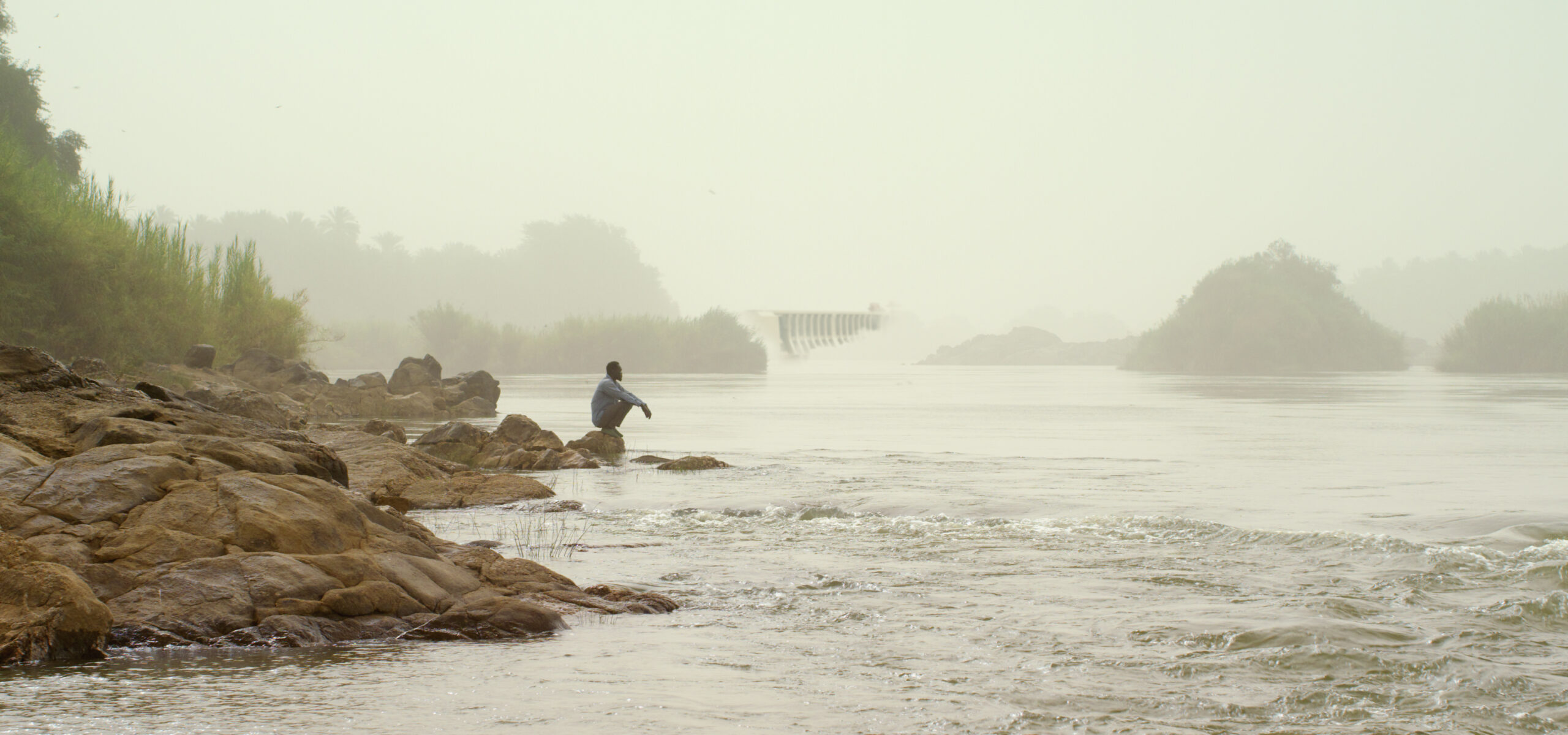
We hang between.
—Stanley Cavell, “Ending the Waiting Game”
So ends an essay by Stanley Cavell on Samuel Beckett. But between what? We’re “poised,” Cavell writes earlier, between past and future, hope and despair, beast and angel, life and death, good and evil, heaven and hell. He calls this the “inescapable fact.” In The Dam, Ali Cherri adds that we're suspended between earth and water, with only a layer of fixative holding us together.
Cherri’s film begins at one of the cataracts of the Nile in the shadow of Sudan’s Merowe Dam, where “toiled a man whose living was made of mud.” Within the dam’s boundary, where the main character Maher works, the surface of the water is placid. Beyond it, the river pounds the colossal man-made structure. Has the monumental dam destroyed a timeless ecosystem? Is it a match for the ferocious Nile? Is the toiling man a match for either?
We follow Maher as he builds bricks from mud, watching the hypnotic, monotonous process of form taking shape from matter. It’s a kind of labor that would seem timeless were it not for news filtering through a radio playing in the background. Protests in Khartoum…a general strike on Monday…to disperse the crowd protestors killed…bodies found in the Nile…according to eyewitnesses…people chanted in the capital…revolution is the people’s choice…Freedom, Peace, Justice. Scenes of toil in the foreground and revolution in the background cut back to an aerial shot of the dam. Maher sits on a scaffold talking on the phone, watching bathers below. Those who make a living from mud dive in for pleasure and to wash off the day’s work. A head hits the water; for a few frames, legs are suspended in mid-air.
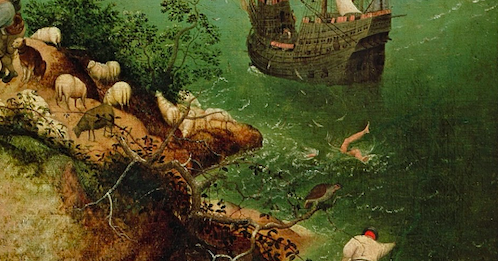

The figure ground reversal brings to mind W.H. Auden’s “Musée des Beaux Arts,” a poem about Brueghel’s painting Icarus, which inspired Ali Cherri’s earlier artworks:[1]See Ali Cherri, My Pain is Real (2010). https://www.alicherri.com/my-pain-is-real (accessed 14 July 2023). The W.H. Auden poem is quoted (with difference) in Beirut Art Center’s Exposure 2011 … Continue reading
[...] how everything turns away
Quite leisurely from the disaster; the ploughman may
Have heard the splash, the forsaken cry,
But for him it was not an important failure; the sun shone
As it had to on the white legs disappearing into the green
Water; [...]
Only in The Dam, the characters don’t quite turn away from the momentous events taking place in the capital. They watch and listen intently while sitting back leisurely – lying down, phone in hand, headphones in, a glance over the shoulder at a TV in the corner of a room. During a decade suspended between revolution and counterrevolution, these postures exemplify the region’s media atmosphere: the ways news of an uprising is mediated, circulated, and consumed; the ways its images have become unavoidable, central, yet background.
For the first half, the film seems to be about the relationship between labor, exploitation and revolution. It briefly depicts a boss driving up to the workers’ camp to pay and withhold wages to different workers for their piecework. In the first half of the film, the two temporalities – the cyclical time of seasonal labor and the progressive time of revolutionary struggle – could easily go on in parallel. Toil and turmoil coexist without coinciding; it’s not revolution that sets time out of joint. These parallel temporalities rhyme with an anthropological literature on the “privilege” of Arab revolutions: the way participation has been determined by gender, class, and urban-rural divides.[2]Jessica Winegar, “The Privilege of Revolution: Gender, Class, Space, and Affect in Egypt,” American Ethnologist 39, no. 1 (2012): 67–70. See also “Chapter 8: Condition Normal” in Samuli … Continue reading Together they constitute the layer of the film one could call the documentary, with broad similarities to some recent documentaries on male laborers on the margins of other regional revolutions, such as Ziad Kalthoum’s Taste of Cement.[3]I’d like to thank Zeina G. Halabi for pointing out this reference and encouraging me to develop this point. The question of the relationship between the Arab revolutions and labor has featured … Continue reading
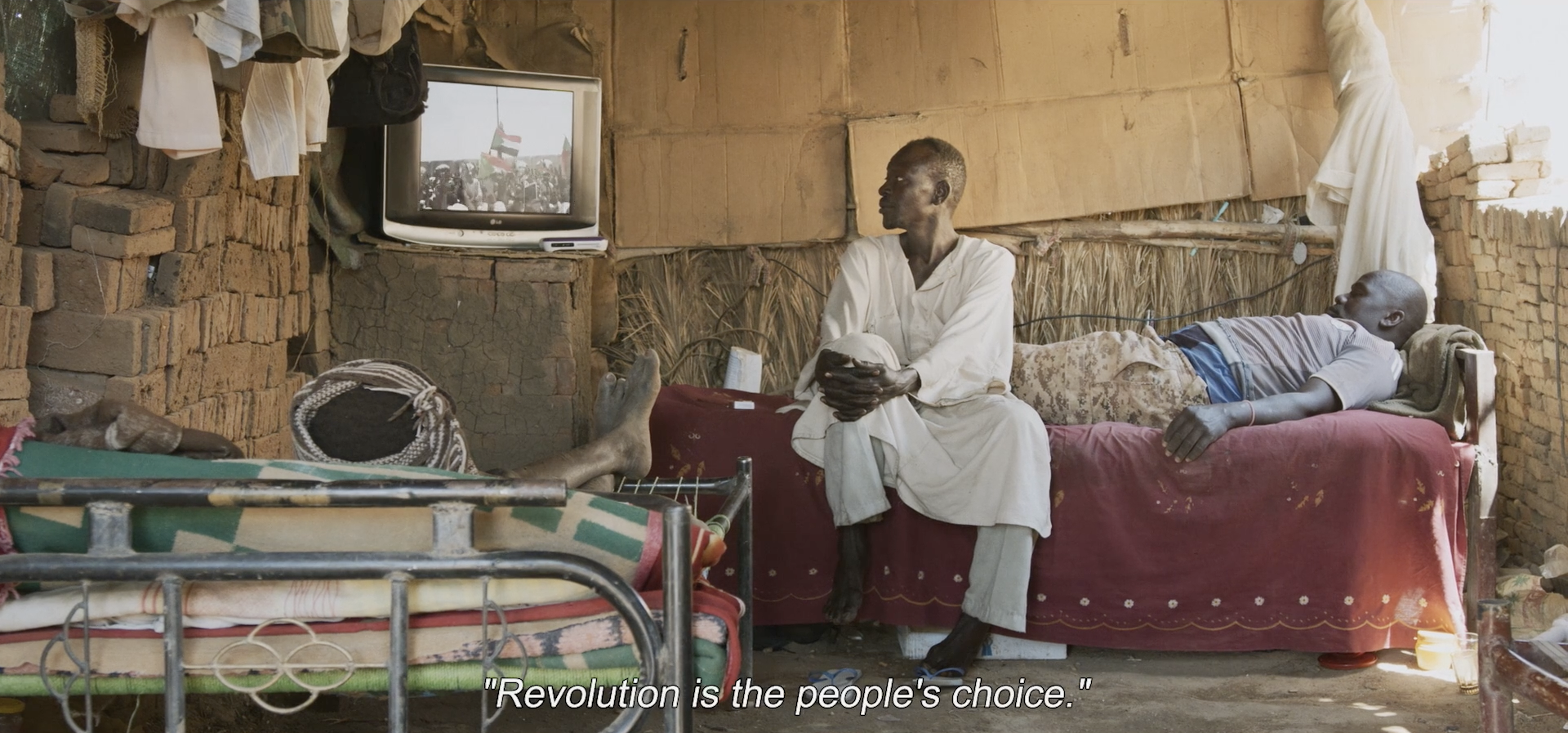
This documentary layer fits within a longer tradition of regional filmmaking, in which dams are invested with all the ambitions, and subsequent disappointments, of the postcolonial state’s modernization project. This tradition runs through the two films bookending the Syrian pioneer Omar Amiralay’s career, Film-Essay on the Euphrates Dam (1970) and Flood in Baath Country (2005);[4]Rasha Salti, “Critical Nationals: The Paradoxes of Syrian Cinema,” in Insights into Syrian Cinema: Essays and Conversations with Contemporary Filmmakers, ed. Rasha Salti (Brooklyn, NY: ArteEast, … Continue reading and it intersects with the two versions of the same film by the Egyptian master Yousef Chahine, Once Upon a Time . . . The Nile (Ar. An-Nil w-al-Hayāt, [trans. The Nile and Life], 1968) and The People and the Nile (1970).[5]Ala Younis, “No Soviet Engineer to Walk in Front of an Egyptian One: Youssef Chahine’s Two High Dam Films (1968 and 1970/2),” in Russian-Arab Worlds: A Documentary History, ed. Eileen Kane, … Continue reading Chahine and Amiralay’s films indexed the state of the state’s modernizing project. Whether registering anticolonial fervor or postcolonial disenchantment, the films revealed how infrastructures remained an object of cathexis.
For the “documentary” layer, the overarching question seemed related to that tradition: Where do we stand today in relation to the hopes and failures of state modernization, national infrastructure, and postcolonial disenchantment? One question taking shape for me was: Where does The Dam stand in relation to the tradition of filmmaking that responds to the hopes and failures of the market and the state? One important difference, as commentators and reviewers have noted, is the attempt to capture the dam’s ecological damage, in addition to the human, social, economic, and heritage costs that documentaries of these kinds of infrastructure project critiqued.[6] Phuong Le, “The Dam Review: A Mystical Sudanese Tale,” BFI, 11 May 2023, https://www.bfi.org.uk/sight-and-sound/reviews/dam-mystical-sudanese-tale.
But the second half tells a different story. It breaks away from – and therefore sits in another kind of relation to – that tradition of filmmaking. It’s this layer that one can call the fictional. After watching more clips of protests in Khartoum on his phone, Maher borrows his exploitative boss’s motorbike to make a series of mysterious trips. For Maher, a purpose, an end, comes into sight. When he arrives at his destination, a dry riverbed in a shallow ravine, he sets to work once again. It’s a kind of work that looks almost identical to the mesmerizing making of mudbricks. He’s still working with mud. But he’s building a different kind of structure, one that rises more perpendicular to the earth, a creation he surrounds with a makeshift wooden scaffold. There is a difference between the kinds of work – as in, for example, Arendt’s distinction between labor and work, or Aristotle’s between techné and poiesis, or Marx’s alienated and unalienated labor – but it’s barely visible.
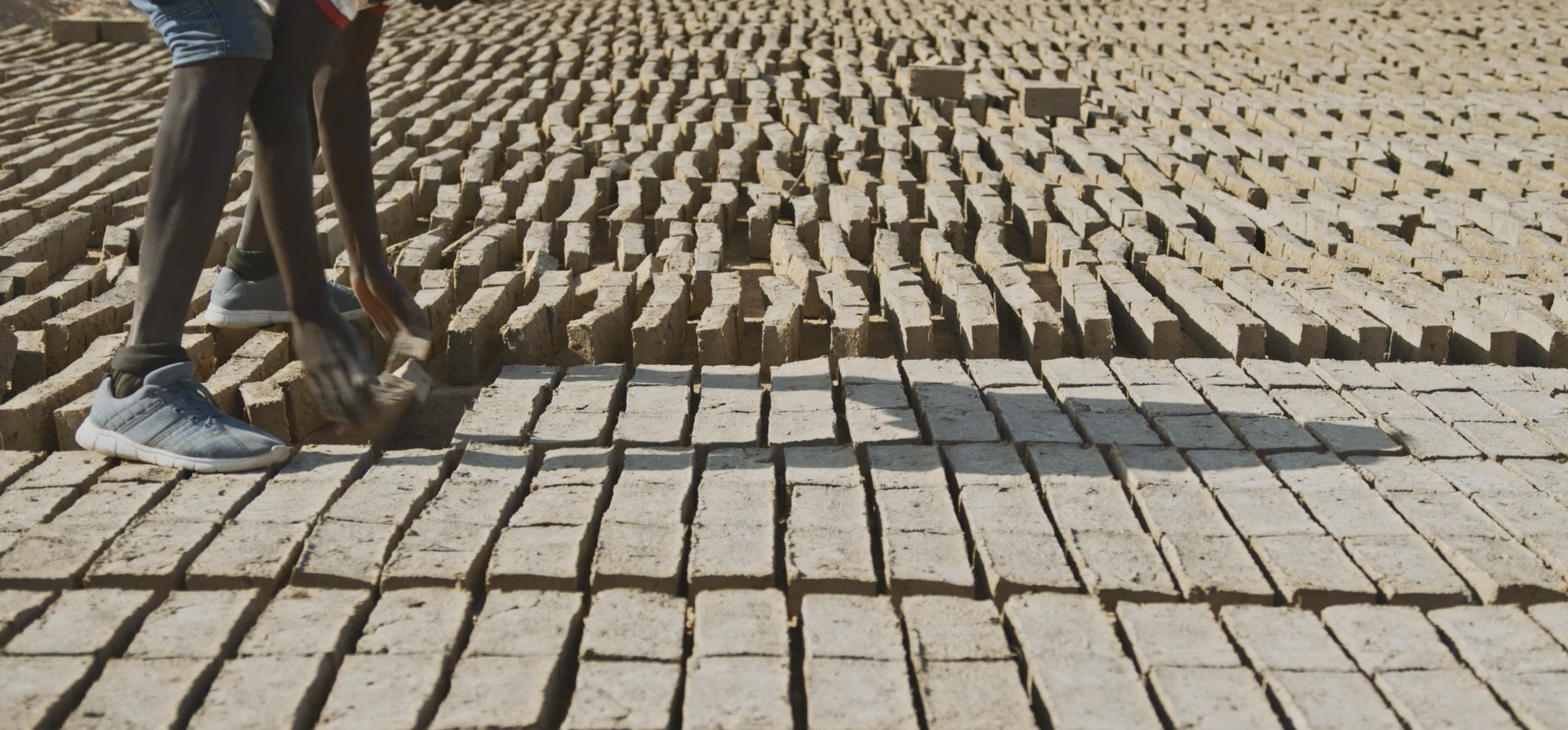
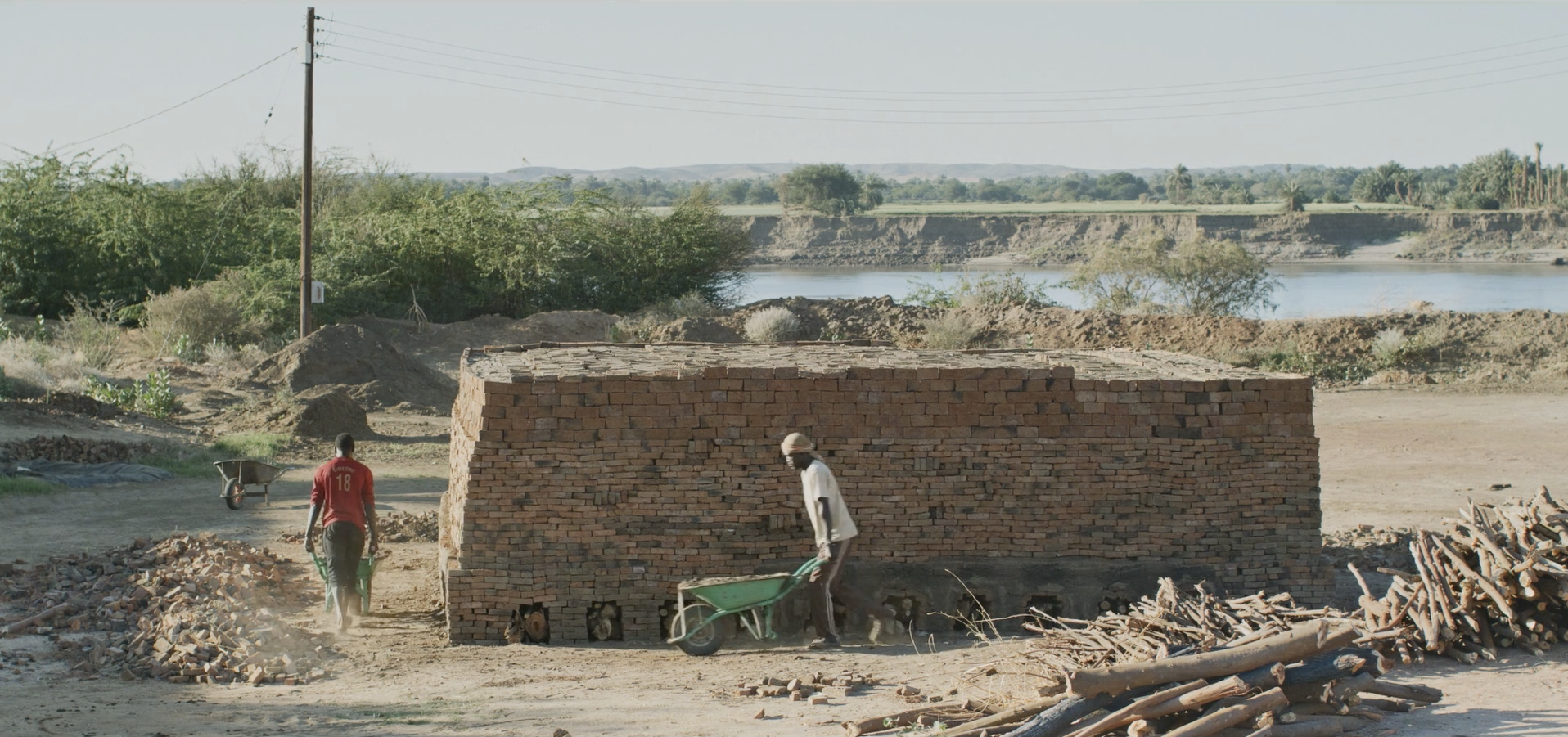
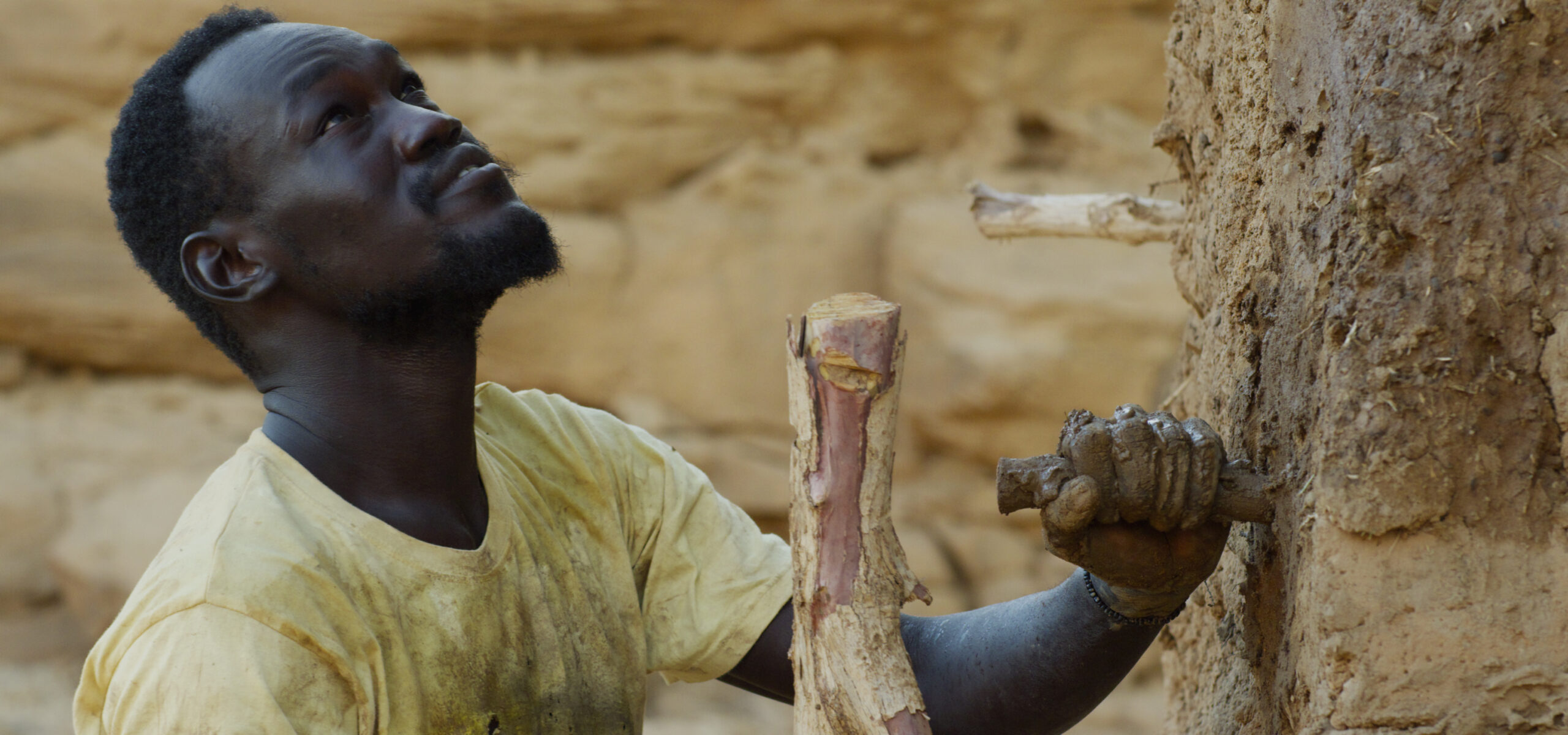
Another canonical question emerges from this narrative layer: In a world where endless processes of toil and turmoil hold sway, what role can an act of creation, whether through art or the political imagination, play? The usual existential answer to that question is that art offers (mere) consolation. But (spoiler alert!) that isn’t quite Cherri’s answer. The mysterious structure Maher spends his time building begins to haunt him, appearing in his sleep with an orifice from which the creation talks back to the creator, addressing him in archaic fuṣḥa: “You are chasing an impossible dream / The dream bites back. / It takes you on an odyssey. / But you will find nothing at the end.”[7](English translation modified.) لماذا تهيمُ مثل مسكينٍ تائه؟ / أنت تطارد حلمًا مستحيلًا / هذا الحلمُ ينهشُكَ… / يحملُكَ على … Continue reading The creation’s orifice develops into an anus-like wound above the creator’s buttocks, marking him with its stubborn, painful, open-ended materiality. In the structure of the film, the prophecy establishes a narrative relationship between the film’s two endless temporalities that had hitherto been capable of coexisting yet not coinciding. Maher’s act of creation brings an end in sight. The prophecy tells us what it is; the end is fated. But no matter how certain or inevitable, Maher can still struggle against it, even recklessly.
The prophecy sets Maher at another relation to the question of art as consolation. What if art (and the political imagination) isn’t a source of consolation, but grounds for despair? And what if he knew all along (because he’d been told) not to embark on this kind of doomed endeavor, but decided to plough on regardless? Sudan, where the film is set, like Cherri’s native Lebanon, embarked on a revolution even after the Arab revolutions from which it had drawn inspiration had been crushed and defeated. These late flourishings of regional revolution, arriving at the tail end of counter-revolution, look like the doomed events from the past and yet are also cause for hope in the future. They are marked by what Freud called nachtraglichkeit: events both belated and anticipatory. In that sense, they bear the uncanny temporality of action after prophecy.
We know it’s coming, but that doesn’t make the end any less crushing: a close-up shot of Maher watching his creation being washed away by nothing much, just an ordinary, seasonal downpour; tears, not unlike the rain, fill his despairing eyes. When the rain finally comes and washes away Maher’s creation, Cherri is telling viewers pretty unambiguously that art and other forms of political creativity don’t exist to console us. They are the very cause of despair. The montage begs a question: If Cherri thinks art can’t console, that it’s essentially a cause of despair, then why make art? Why make the film? It’s the kind of question Stanley Cavell asked of Samuel Beckett in the essay quoted in the epigraph. The answer Cavell imagines Beckett would have given is: “That’s what I’d like to know!”[8] Stanley Cavell, “Ending the Waiting Game,” in Must We Mean What We Say? (Cambridge: Cambridge University Press, 1958), 148.
Ali Cherri’s choice of mud is no accident. It’s an attempt to make his claims based on the primordial – which is why he went to the workers making mudbricks in the shadow of the Merowe Dam in Sudan in the first place.[9]Author’s interview over WhatsApp, 28 July 2023. The film – like his other artworks related to this project, such as the sculptures Titans (2022), or the video installation and documentary Of Men and Gods and Mud (2022) – is rich in biblical, quranic, and mythological references to Genesis, golems, علق, and other creatures made from mud and suspended things. After toggling through the gamut of existential questions, is this the answer that Cherri settles on? That art, like any act of political creation including revolution, doesn’t offer consolation because that’s not what it is, that’s not in its troublesome essence. As creation, as creature, it’s not in our control. That’s the difference between the film and the myth of Sisyphus. While they share with the Sisyphean curse a sense of laboriousness and futility, creations also have lives of their own. And deaths; creations aren’t endless. They can be destroyed by human violence, technosocial structures, or natural indifference. This is an answer that takes us back to a metaphysical or theological question: Were we created for the purpose of a creator’s self-knowledge? What about suffering? What kind of creator could conceive of such cruel existence, such damnation? Not one worthy of worship.
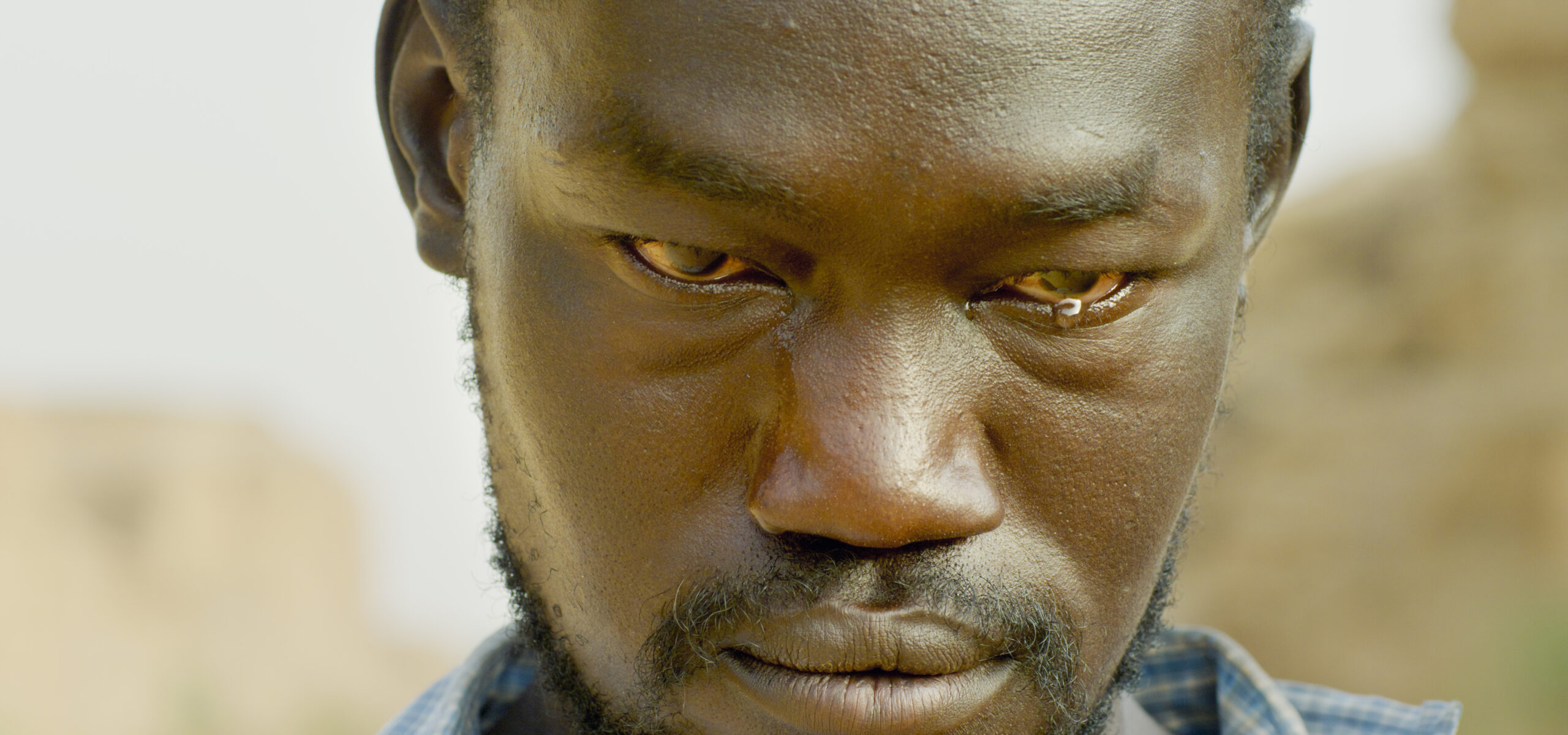
Maher’s response to nature’s lesson on the volatility of creation is destruction. He returns to the mudbrick camp within the boundary of the dam and burns it down. A crossfade to a burning city by a river, which Maher looks down upon from a high place. As dawn breaks, the fire recedes, then disappears. It’s nothing more than a synthesis, a combination of elements carved together by Maher’s mind. Like time, the fire doesn’t spread across the world itself, but has been overlaid upon it by Maher’s mind, by a synthesizing subject relentlessly undertaking a kind of transcendental editing, a creative mind bringing together disparate and otherwise unconnected elements in an act of destruction. And that’s also what every ending, every minor apocalypse is: a synthetic imposition on a world that carries on regardless. To borrow Frank Kermode’s phrase, “We look for a fullness of time, for beginning, middle, and end in concord,” even when the damnés de la terre remain hanging “in the middest.”[10] Frank Kermode, The Sense of an Ending (Oxford: Oxford University Press, 1967), 58. Or, as Ali Cherri shows, in spite of our lofty dreams and acts of artistic and political creation, we’re still in fact suspended between earth and water, toiling with mud. Why persevere? That’s what Ali Cherri would like to know.
Credit: All images are stills from The Dam courtesy of KinoElektron except for image 2, which is a fragment from Pieter Bruegel the Elder, Landscape with the Fall of Icarus, Royal Museums of Fine Arts of Belgium, Brussels.
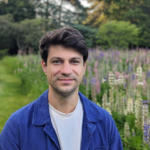
Stefan Tarnowski
Stefan Tarnowski completed his doctorate at Columbia University’s Department of Anthropology and Institute for Comparative Literature and Society, and is currently an Early-Career Research Fellow at Corpus Christi College, University of Cambridge, and a postdoctoral researcher on the ‘Views of Violence’ project at the University of Copenhagen. He’s working on a book about militancy and media activism during the Syrian revolution and war based on his doctoral research.
Footnotes:
| ↑1 | See Ali Cherri, My Pain is Real (2010). https://www.alicherri.com/my-pain-is-real (accessed 14 July 2023). The W.H. Auden poem is quoted (with difference) in Beirut Art Center’s Exposure 2011 catalogue, where the piece was exhibited. |
|---|---|
| ↑2 | Jessica Winegar, “The Privilege of Revolution: Gender, Class, Space, and Affect in Egypt,” American Ethnologist 39, no. 1 (2012): 67–70. See also “Chapter 8: Condition Normal” in Samuli Schielke, Egypt in the Future Tense: Hope, Frustration, and Ambivalence before and after 2011 (Bloomington, Indiana: Indiana University Press, 2015), 170–90. |
| ↑3 | I’d like to thank Zeina G. Halabi for pointing out this reference and encouraging me to develop this point. The question of the relationship between the Arab revolutions and labor has featured prominently in recent scholarly literature. For one general reference, see Gilbert Achcar, The People Want: A Radical Exploration of the Arab Uprising (University of California Press, 2013). For an ethnographic exploration of the relationship between Syrian labor in Lebanon and revolutionary struggle in Syria, see Philip Proudfoot, “The Smell of Blood,” City 21, no. 3–4 (4 July 2017). |
| ↑4 | Rasha Salti, “Critical Nationals: The Paradoxes of Syrian Cinema,” in Insights into Syrian Cinema: Essays and Conversations with Contemporary Filmmakers, ed. Rasha Salti (Brooklyn, NY: ArteEast, 2006). |
| ↑5 | Ala Younis, “No Soviet Engineer to Walk in Front of an Egyptian One: Youssef Chahine’s Two High Dam Films (1968 and 1970/2),” in Russian-Arab Worlds: A Documentary History, ed. Eileen Kane, Masha Kirasirova, and Margaret Litvin (Oxford University Press, 2023). |
| ↑6 | Phuong Le, “The Dam Review: A Mystical Sudanese Tale,” BFI, 11 May 2023, https://www.bfi.org.uk/sight-and-sound/reviews/dam-mystical-sudanese-tale. |
| ↑7 | (English translation modified.) لماذا تهيمُ مثل مسكينٍ تائه؟ / أنت تطارد حلمًا مستحيلًا / هذا الحلمُ ينهشُكَ… / يحملُكَ على ترحالٍ طويل / لكنك لا تجدُ شيئاً في النهاية |
| ↑8 | Stanley Cavell, “Ending the Waiting Game,” in Must We Mean What We Say? (Cambridge: Cambridge University Press, 1958), 148. |
| ↑9 | Author’s interview over WhatsApp, 28 July 2023. |
| ↑10 | Frank Kermode, The Sense of an Ending (Oxford: Oxford University Press, 1967), 58. |



